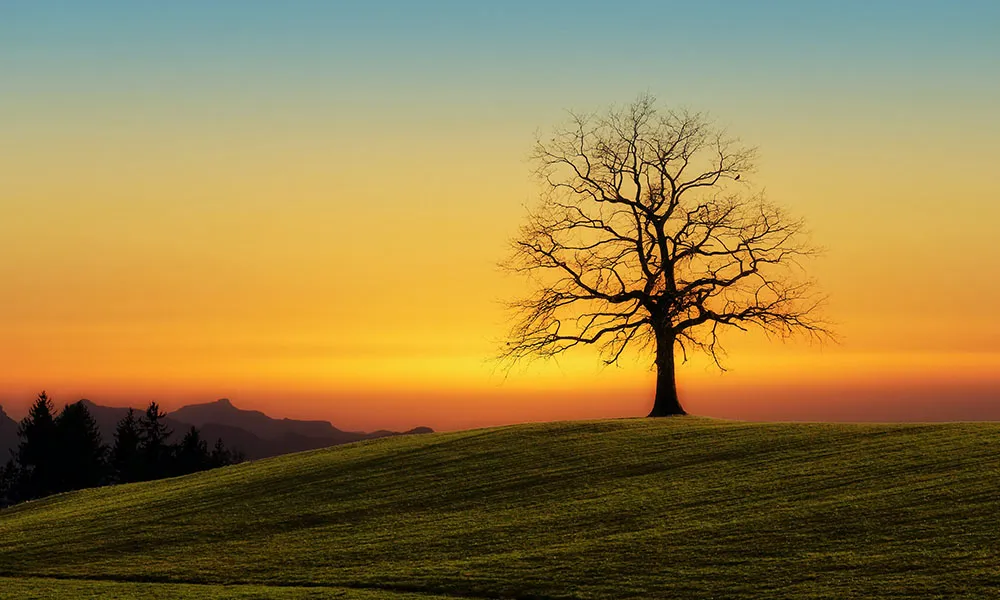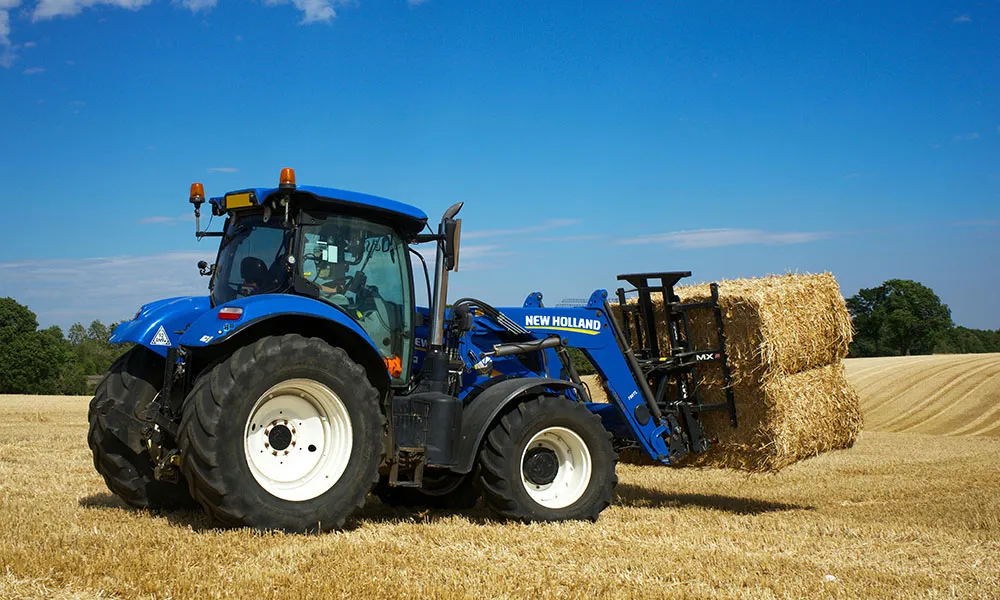
Agridirect.ie discusses the loss of ash trees on Irish farms, and asks: what is Ash Die Back and how do we deal with it?
The majority of our ash trees are dying
Few farmers will have failed to notice by now – the majority of our Ash trees are dying. This year, five once strong and healthy ash trees on our land failed to leaf at all. Their demise came as no surprise, however, because they have been struggling for several years.
Driving through the countryside this summer, it is the same story. Dead or dying ash trees are an all-too-common sight, their bare branches standing out among blooming oak, rowan and whitethorn.
The culprit
The culprit behind this devastation is commonly called Ash Die Back. It is caused by a fungal pathogen, Hymenoscyphus fraxineus, which originates in Asia but has made its way to Europe in recent years. The fungus, which targets and will kill up to 90% of Ireland’s ash trees in the next few years, was first detected in Ireland back in 2012, having entered the country via imported plants. It can kill ash trees of any age, but younger trees are particularly vulnerable.
What does Ash Die Back look like?
Again, most farmers are probably familiar with the key signs of Ash Die Back in their trees. Affected trees show wilted and discoloured leaves, as well as discolouration of the bark (brownish orange) and a gradual loss of foliage. Lesions on the bark are common as the tree starts to die.
What is to be done about it?
Forest owners are expected to manage their forests to deal with Ash Die Back, primarily by thinning trees showing the early symptoms of disease. This is standard practice regardless of the presence of Ash Die Back.
Ash Die Back on the farm
Overall, though, there isn’t much that farmers, with a few dying ash trees in their hedges, can do about Ash Die Back. Most of our trees will die no matter what we do; while a few, with natural immunity, will survive.
However, it is always a good idea to plant trees on your land, so consider replacing any dying ash trees by planting saplings of any native hardwood species.
An excellent timber
This is not to say, however, that you should let timber from dying ash go to waste. Every difficulty presents an opportunity, it is said, and this is certainly the case here.
In the first instance, you can harvest the timber for a variety of uses. Ash is an excellent and attractive hardwood, and its timber is easy to work with. Why not use it to make some furniture, or even a very fancy chicken coop?!
Staying warm this winter
Then again, you may also consider using it for firewood. Given the cost of fuel at the moment, and the fact that many are expecting fuel shortages this winter, it is a good idea to start seasoning some timber. As timber goes, ash is an excellent firewood. It generates great heat in stoves, open fires or ranges, and burns far more slowly than softwood timber such as pine.











